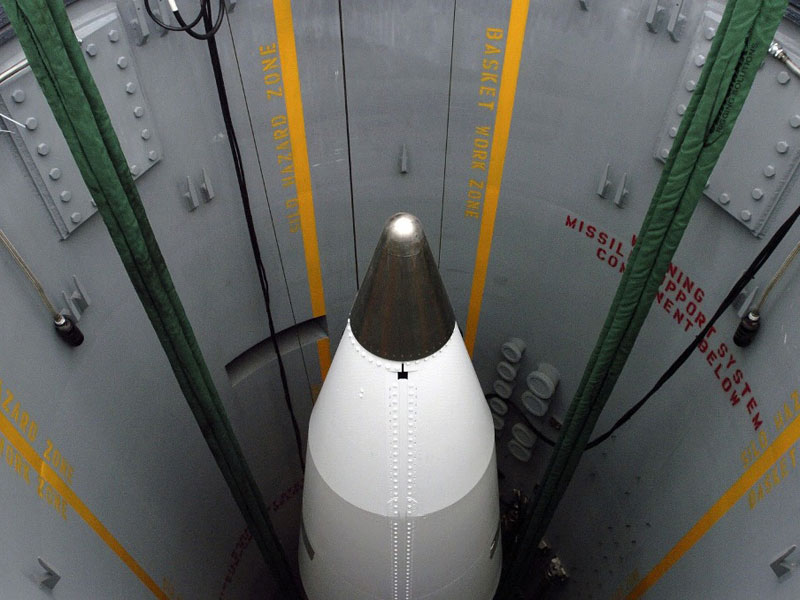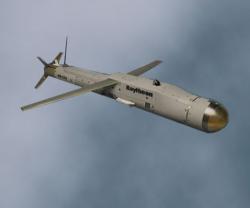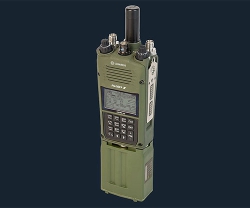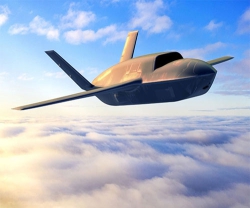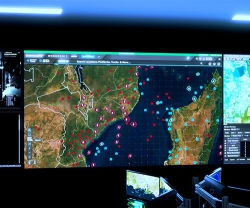The Pentagon announced that the U.S. will deploy additional ballistic missile interceptors along the Pacific Coast to increase the nation's ability to blunt a potential attack from North Korea, in a clear response to recent tests of nuclear weapons technology and long-range missiles by the North.
The new deployment will increase the number of ground-based interceptors to 44 from the 30 already based in California and Alaska (photo).
While the limited missile-defense system does not offer a 100% guarantee of knocking down a North Korean attack, the weapons send a signal of credible deterrence to the North's limited intercontinental ballistic missile arsenal.
The Navy also recently bolstered its deployment of ballistic missile defense warships in waters off the Korean Peninsula, although the vessels were sent as part of an exercise even before an increase in caustic language from the North.
As part of the Foal Eagle military exercise with South Korea, the Navy has 4 Arleigh Burke-class guided missile destroyers in the region.
In announcing the deployments at the Pentagon Friday, Defense Secretary Chuck Hagel cited North Korea's recent test of nuclear technology and long-range missiles, including the development of a mobile missile, as well as its launching of a satellite that showed increasing range for the North's arsenal.
“The United States stands firm against aggression,” Mr. Hagel said.
The new interceptors are scheduled to be deployed by 2017, at an estimated cost of just under $1 billion.
Officials acknowledged that the ground-based interceptors in Alaska and California had shown dubious capabilities in tests, and said the additional interceptors would be deployed only when they had proved their capability. “We have confidence in our system,” Hagel said.
The Pentagon's Under Secretary for Policy, James N. Miller, earlier foreshadowed the announcement in a speech to the Atlantic Council here, when he described efforts to improve early-warning radars and the command-and-control architecture of the missile-defense system based in California and Alaska.
“Our homeland ballistic missile-defense capabilities are intended in part to make it clear to both Iran and North Korea that if they develop ICBM's, they will not be able to threaten the United States. Our missile defenses will defeat them,” Miller said.
The interceptors in California and Alaska are to blunt a long-range missile threat from North Korea. The United States also deploys Patriot Advanced Capability batteries in South Korea for defense of targets there.
Japan is also developing its own layered missile-defense system, which includes Aegis warships and Patriot systems, as well.
The United States deploys one advanced TPY-2 missile-defense tracking radar in Japan to enhance early warning across the region and toward the West Coast, and it has reached agreement to deploy a second.

